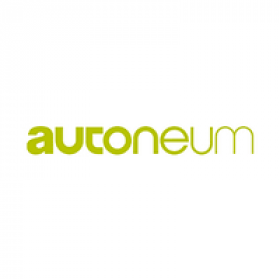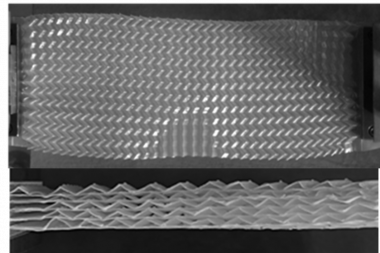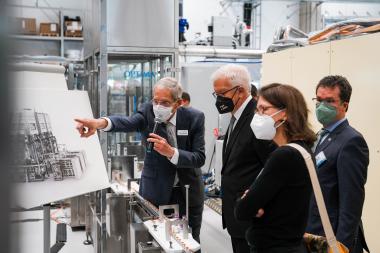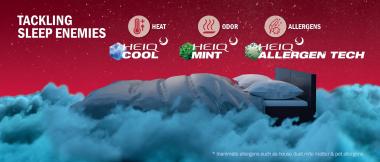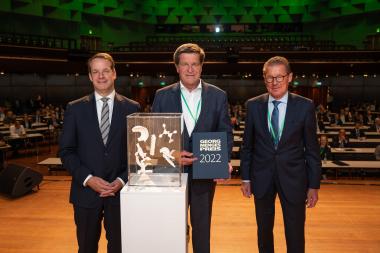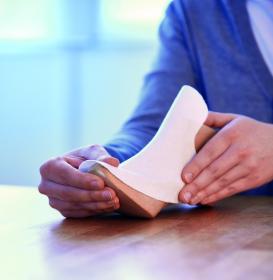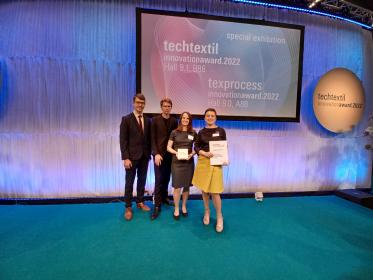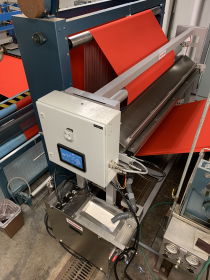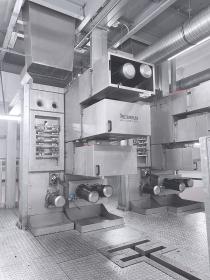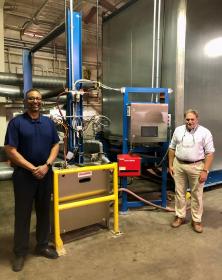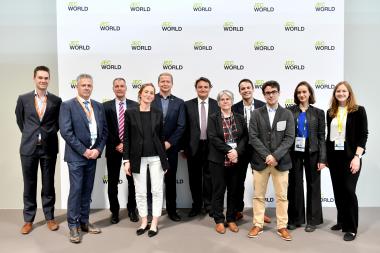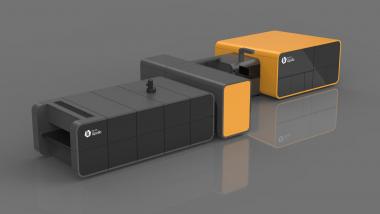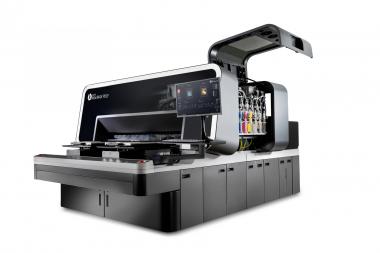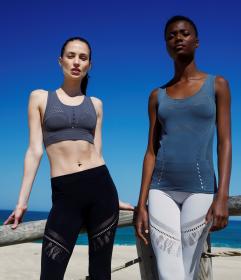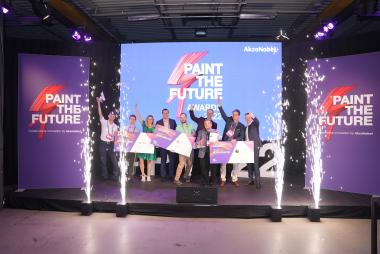CHT TEXTILE SOLUTIONS - Smart approaches to energy cost reduction and climate protection
Within its TEXTILE SOLUTIONS, the CHT Group has developed solution approaches for manufacturing companies in the textile value chain that have to use a lot of energy for their production. This is intended to compensate high energy costs and make a positive contribution to climate protection.Application specialists work with customers to develop individual savings potentials that are specifically tailored to the production facilities and requirements. Thus, depending on the process, fabric and machine, energy savings of up to 30% can be achieved with the use of innovative CHT textile auxiliaries, dyes/pigments and the corresponding process optimisations. In addition, the numerous concepts and optimally matched products can minimise water consumption or shorten the process time.
Energy-efficient cold bleaching instead of pad-steam bleaching processes in continuous pretreatment and the 4SUCCESS process for energy-efficient and resource-saving pretreatment and dyeing of cotton help to save energy. Likewise, the use of polymer binders, which do not require energy-intensive fixation, saves energy.
Efficient pretreatment with the new polymer technology CPT (Comb Polymer Technology) achieves good cleaning effects even with low liquor ratios and thus less water to heat up. To save costs for energy-consuming heating, there is also the gentle low-temperature fixation in the easy care finishing. The OrganIQ EMS Jeans system enables jeans finishing with a reduced application temperature compared to standard processes.
With TIME BOOST, a process for fast polyester dyeing processes, not only significant energy but also time savings are achieved by omitting pre-washing and by shortening heating and migration times. SHORT CUT also leads to shorter process times when dyeing polyamide.
To avoid cost-intensive intermediate drying, the CHT Group offers the SCREEN-2-SCREEN with PRINTPERFEKT S2S which facilitates printing in a wet-on-wet technology.
In addition to numerous other products, the CHT Group also offers its customers digital tools to optimally support process optimizations. The "BEZAKTIV Soaping Advisor" calculation program within the CHT Textile Dyes app can be used to evaluate and improve dyeing and soaping processes in a simple and target-oriented way.
CHT Group




